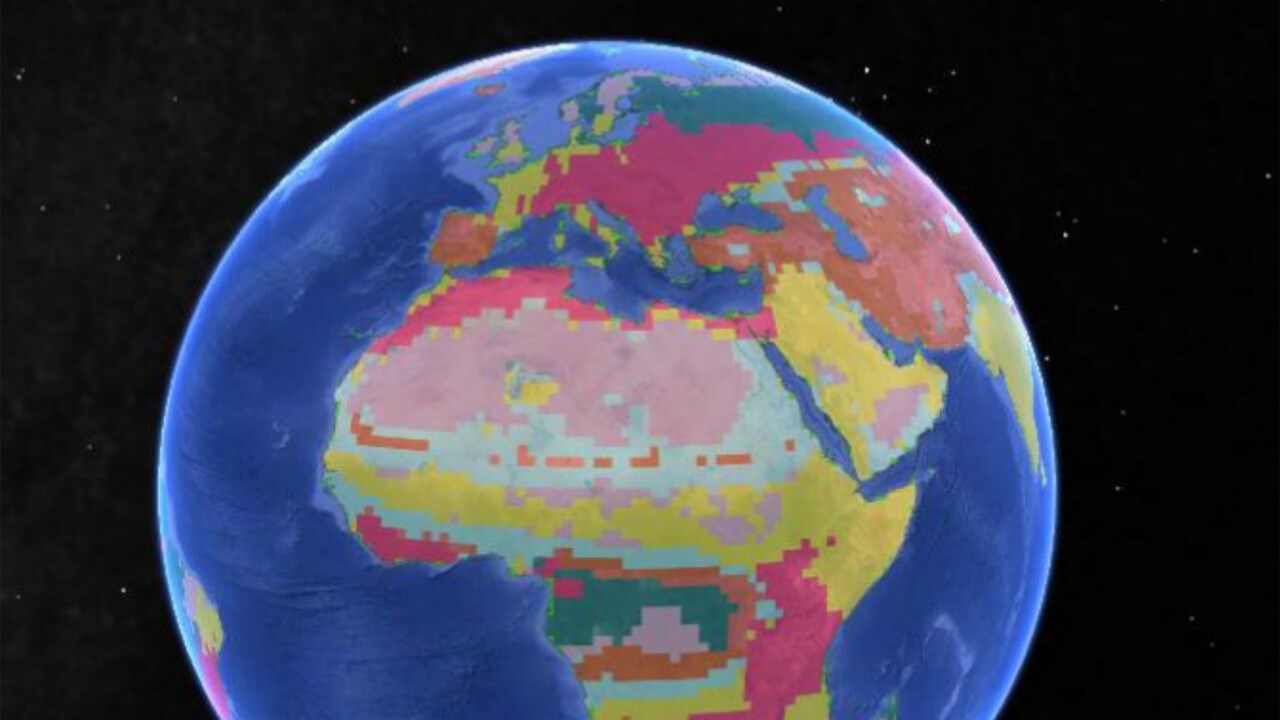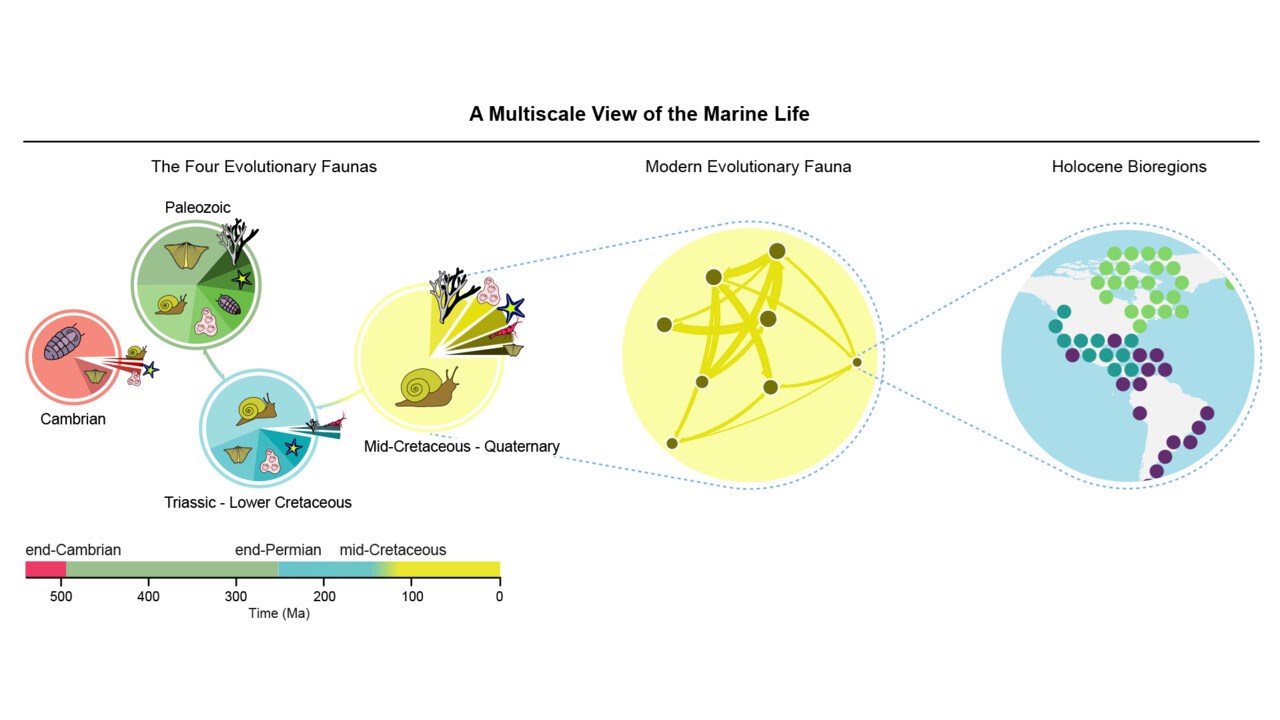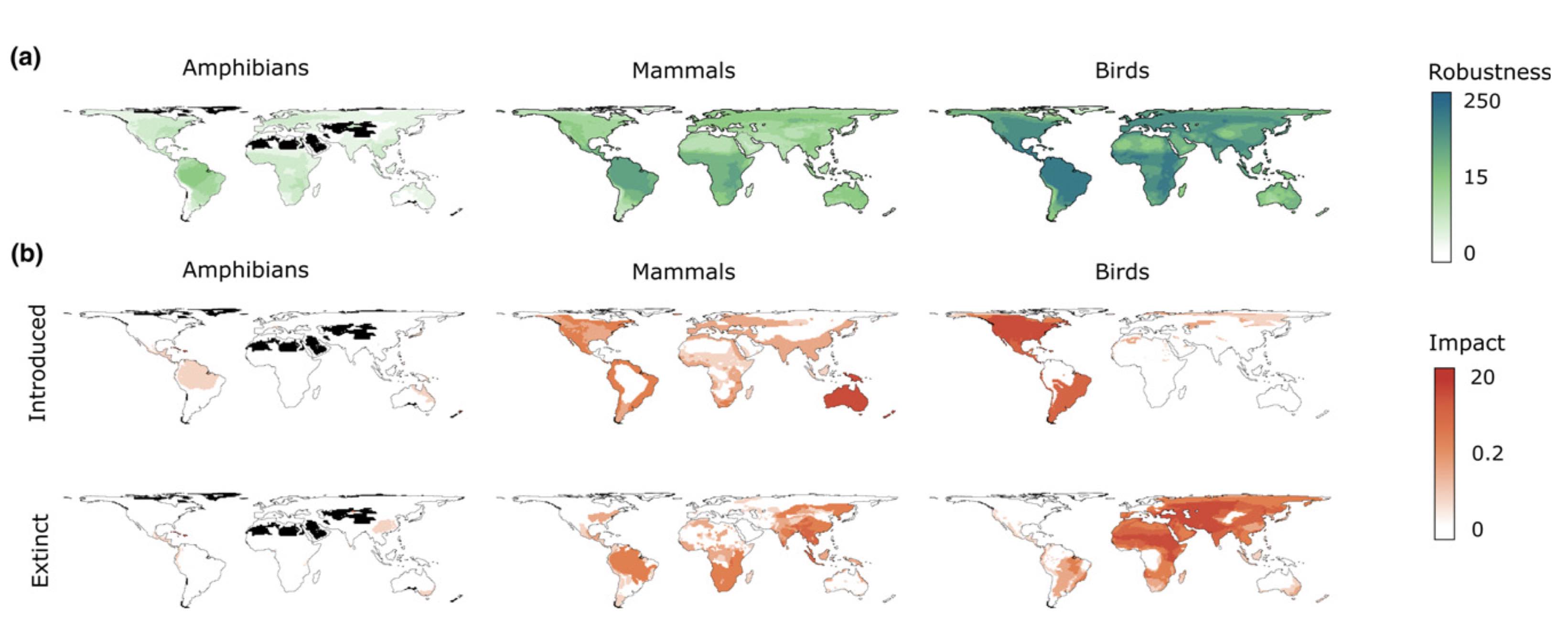Regularities in species niches reveal the world’s climatic regions

Joaquín Calatayud, Magnus Neuman, Alexis Rojas, Anton Eriksson, and Martin Rosvall
Climate regions form the basis of many ecological, evolutionary and conservation studies. However, our understanding of climate regions is limited to how they shape vegetation: They do not account for the distribution of animals. Here we develop a network-based framework to identify important climates worldwide based on regularities in realized niches of about 26,000 tetrapods. We show that high-energy climates, including deserts, tropical savannas, and steppes, are consistent across animal- and plant-derived classifications, indicating similar underlying climatic determinants. Conversely, temperate climates differ across all groups, suggesting that these climates allow for idiosyncratic adaptations. Finally, we show how the integration of niche classifications with geographical information enables the detection of climatic transition zones and the signal of geographic and historical processes. Our results identify the climates shaping the distribution of tetrapods and call for caution when using general climate classifications to study the ecology, evolution, or conservation of specific taxa.



